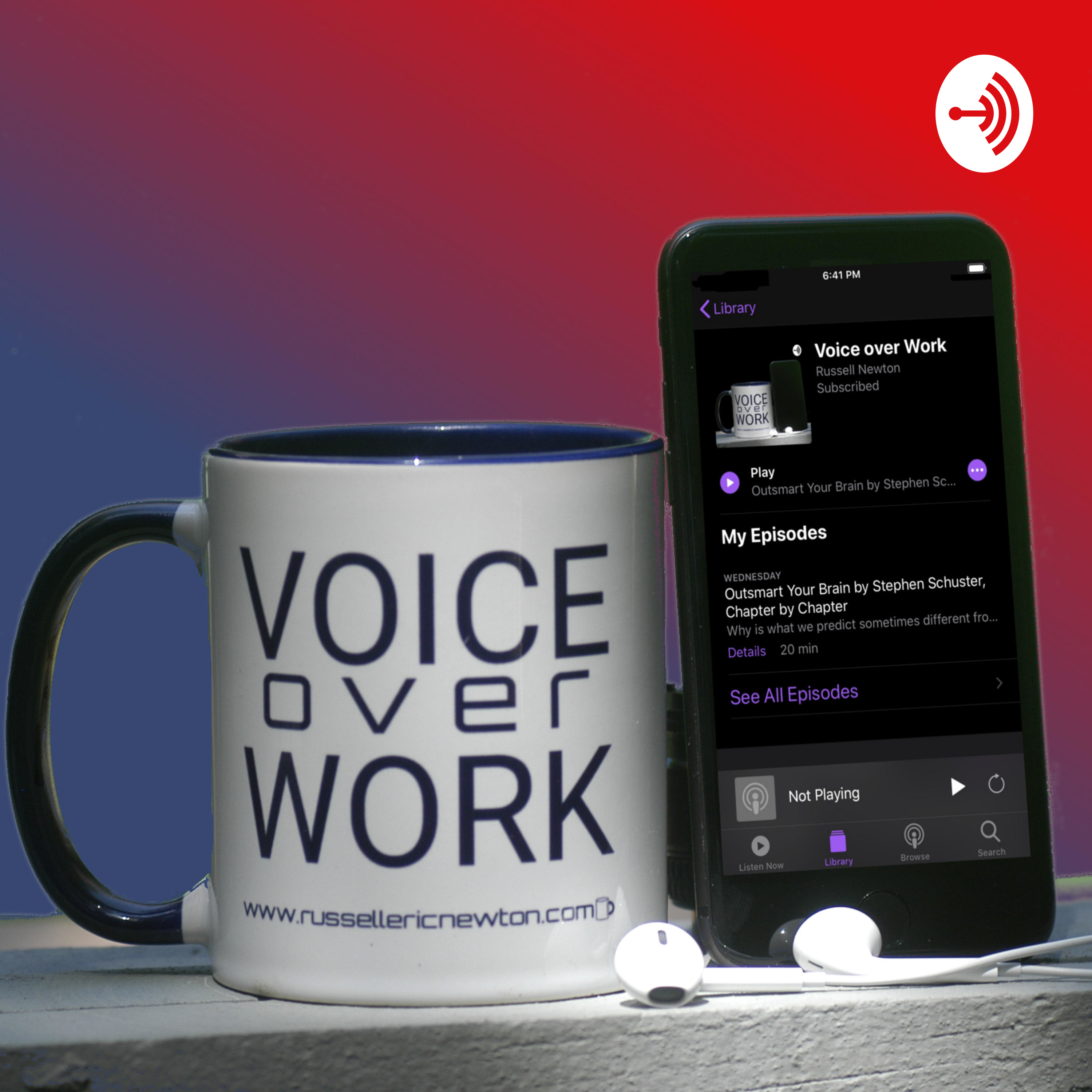Become A Human Behavior Scientis By: Patrick King
Become a student and scientist of body language, mannerisms, and small tells. Become a “mind reader.”
The art of reading people is much more of a science! You too can learn this skill, which will allow you to know what people are thinking without them saying a word, and even predict their behavioral patterns.
Not a generic book on looking at facial expressions or trying to see if someone is lying.
Become A Human Behavior Scientist isn’t about surface things. It’s about all the habits, tics, and ways of thinking that can show you someone’s intentions, personality, background, and goals. People are giving out signs all the time, you just have to know what to look for!
This book is a mixture of behavioral psychology, with superior observational skills honed from years of experience. Everything is rooted in science, rest assured.
Discover the true meaning of emotional and social intelligence – and what you’ve been missing.
Patrick King is an internationally bestselling author and social skills coach. His writing draws of a variety of sources, from scientific research, academic experience, coaching, and real life experience.
Find the shortcuts to read and predict a stranger’s behavior.
How to read someone’s entire emotional spectrum
Predicting people’s most common desires and motivations
What does having a cat or dog say about someone?
What does having a clean or messy room say about someone?
Observations and reverse storytelling
Asking questions without actually asking
The art of reading and analyzing people is truly the art of understanding human nature. Consider it a cheat code that will allow you to see through people’s actions and words.
https://www.audible.com/pd/B09LNH32GT/?source_code=AUDFPWS0223189MWU-BK-ACX0-286068&ref=acx_bty_BK_ACX0_286068_pd_us
#HumanBehaviorScientist #DecodePeople #Ekman #PatrickKing #BecomeAHumanBehaviorScientist #RussellNewton #NewtonMG
Human Behavior Scientist,Decode People,Ekman,Patrick King,Become A Human Behavior Scientist,Russell Newton,NewtonMG
Transcript
On our mission to become expert people-readers, we need to start at the very beginning: emotions. People think, speak, and act, and these expressions can all be analyzed and interpreted to gain insight into who they are as people. But deeper than these expressions is what people feel—understand people’s emotions and you unlock a more genuine, more authentic picture of who they are. Not only do you “get” them in a more profound way, but you are then able to respond to them with understanding, compassion, and real empathy.
Paul Ekman’s notable emotion research identifies seven basic emotions: disgust, surprise, anger, enjoyment, fear, contempt, and sadness. Other researchers have more or fewer categories and organize them differently, but the idea is that as human beings we all share a few “primary colors” when it comes to emotions. The subtler feelings emerge when we consider mixes of these foundational emotions at different intensities.
These so-called primary emotions have evolved from our earliest ancestors and are innate—we don’t learn how to feel them. They were and are essential for our survival and functioning in the world, and are a natural reaction to events or situations, i.e., you win the lottery and feel elated and joyful.
Primary emotions are automatic and universal, but they can be either more or less adaptive (here, adaptive simply means healthy or useful in context). Anger, for example, is adaptive if it empowers us to protect the innocent or assert a boundary. It’s less adaptive if it inspires destruction or overriding other people’s boundaries. Similarly, fear is a functional and healthy emotion if it serves our needs for safety or alerts us to when we need to escape danger; it’s less adaptive when it immobilizes us in the face of things that are genuinely not a threat, such as with a panic disorder.
So, emotions are simply what they are—there are no “good” emotions or “bad” ones. Rather, it’s about what works—emotions that undermine your wellbeing (or the wellbeing of others) are maladaptive, while those that support the life we want to live are generally adaptive.
Emotions all have one thing in common: they move. They change and flow, come and go. Remember that primary emotions are physiological functions that evolved to increase our chances of survival. Primary emotions emerge in a situation to serve a function, like a temporary tool, and then they disappear once that function is served.
What, then, are secondary emotions?

